#Turkman
Text
armand in a lehenga is one thing and armand in an anita dongre lehenga + amrapali jhumka-choker set is another. bhai armand's entire wardrobe from kucha mahajani, turkman gate, karol bagh, lajpat nagar and khan market + meherchand market just... mwah kasam se do minute mein flat ho jana hai maine by god. aye haye inn haramzado se patakha kuddiya sambhali bhi toh nahi jati na lekin.
#raj shitposting#hum delhi walo se puchho is show ne humare sath kya battsaluki ki hai. kameeno ne chheen liya humse sabh kuch.#kuddiyo chhodna nahi rolin jones ko.#someone talk to assad istfg he'd understand meri bhawnaye. he would. i don't have instagram kyunki mai ek khoosat buddha hoon.#lekin 50 wali dairy milk to whoever puts this on his table.#also not me name dropping all these expensive ass places for the pinterest girlies lmao. but turkman gate is pretty cheap.#daniel hat be behenchod side mein yeh chhokri humari hai.#yaar mujhe actually apni girlfriend ko market le jana hai yaar. saale college aur long distance ne life ki gaand maar rakhi hai yaar.#armand#iwtv#interview with the vampire#delhi walo ka desi rona
14 notes
·
View notes
Text

The latest death toll in Jenin has risen to 6 with the death of 18 year old Rashad Turkman who was shot in the abdomen.
#free gaza#free palestine#gaza strip#irish solidarity with palestine#palestine#gaza#news on gaza#al jazeera#boycott israel#israel#Rashad Turkman#Say his name#Ayman Nobani#West Bank#west bank palestinians#Jenin#Jenin refugee camp
24 notes
·
View notes
Text
05/28/2023 is Pentecost Sunday 🕊🌏, National Burger Day 🍔🇦🇺, Mother's Day in France 🇫🇷, Menstrual Hygiene Day 🌏, World Hunger Day 🌏, National Flag Day 🇵🇭, Turkman Carpet Day 🇹🇲, National Brisket Day 🇺🇲, National Burger Day 🍔🇺🇲, Day of the Tree 🇻🇪

#pentecost sunday#national burger day in australia#mother's day in france#menstrual hygiene day#world hunger day#turkman carpet day#national brisket day#national burger day in usa#day of the tree
3 notes
·
View notes
Text
0 notes
Text
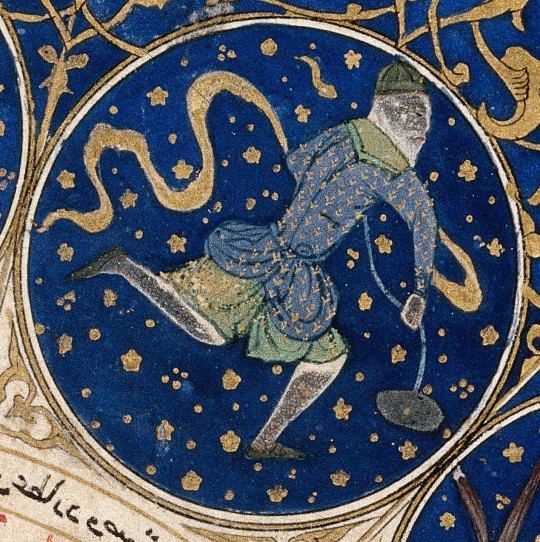



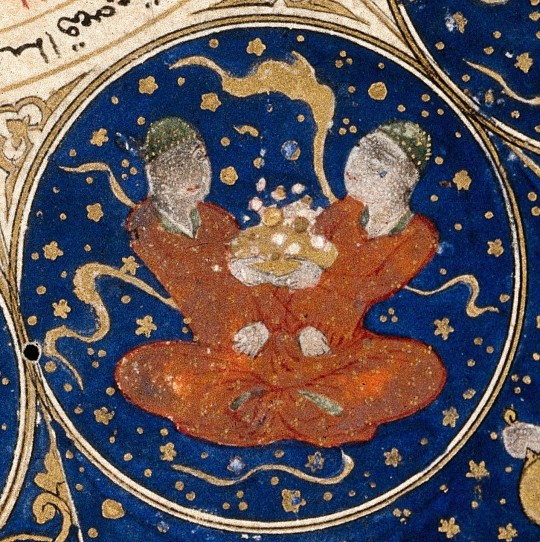

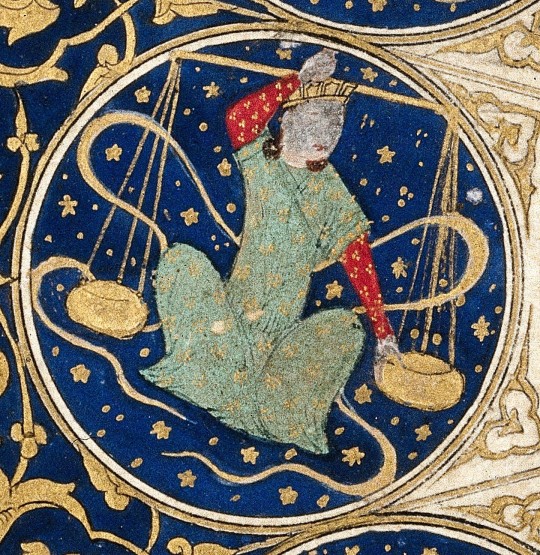
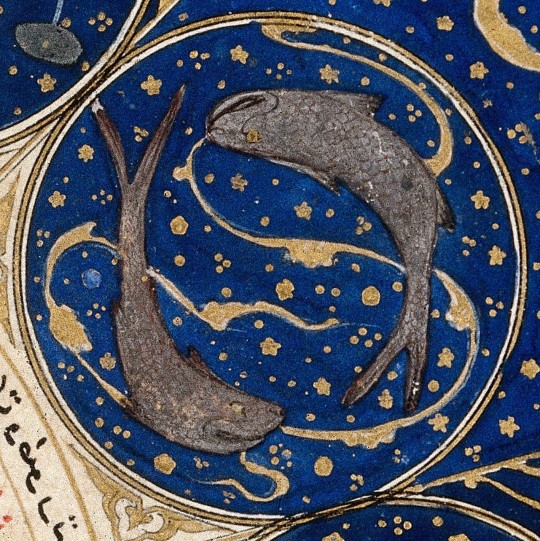
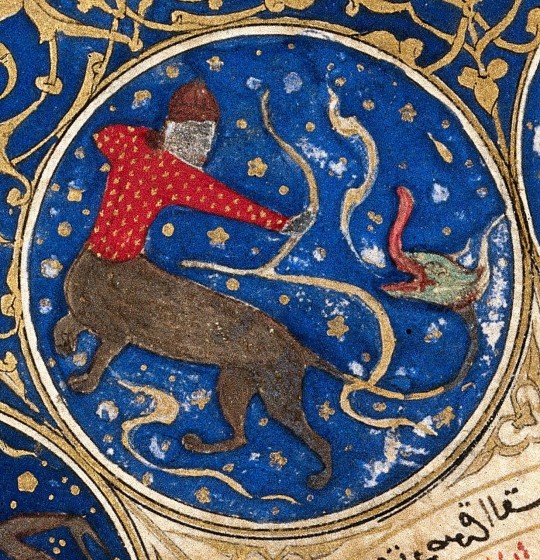
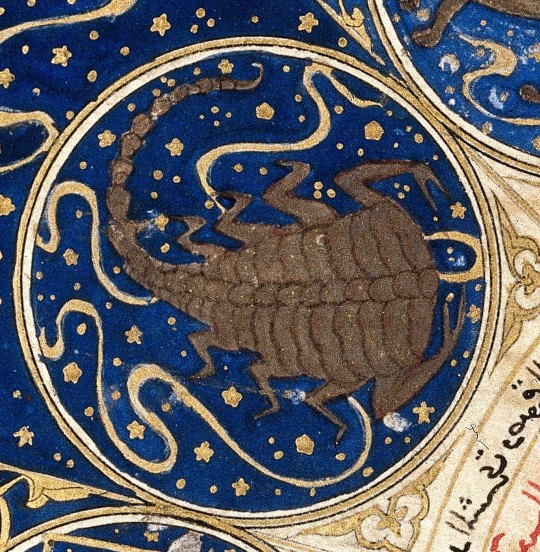


The twelve signs of the zodiac, from the Horoscope of Prince Iskandar, grandson of Tamerlane, the Turkman Mongol conqueror. Apart from being a horoscope, the manuscript of 1411 is an exquisite work of art and an exemplary production of the royal kitabkhana "publishing house" or "workshop."
The manuscript is lavishly illustrated and reflects the efforts of a whole range of specialists: astronomers (among them Imad ad-Din Mahmud al- Kashi), illuminators, gilders, calligraphers and craftsmen, and specialists in paper-making.
The images and info come from the always fascinating Open: Wellcome Collection on JSTOR, which is open access with no login needed! Creative Commons: Attribution.
#zodiac#horoscope#astrology#illuminated manuscript#persian art#iranian art#open access#creative commons#research#art history#jstor
2K notes
·
View notes
Text
هذي المرثية قلتِ لي إن تيتا سلمى غنتها وقت ما مات بابا وغنيتيها لي بصوتك، أسمعها الآن بصوتك وصوتي ما عندي الجرأة أقول أني أرثيك فيها لأني ماراح أعتبرك إلا سارة الموجودة وبحضور كامل
بحبك يا حبيبتي خلينا نغنيها سوا بس مو في رثاء أحد منّا ، في رثاء العالم زي ما تعودنا مو ؟
25 notes
·
View notes
Text




The Duchess of Edinburgh visits the Qadia Camp in Duhok where she spent time with Yazidi survivors of conflict related sexual violence, who spoke about the difficulties and the stigma they face. Her Royal Highness saw how the UN International Organization for Migration (IOM) provides survivors and other IDPs at the camp with skills they can use to support their families and to secure employment. While in Duhok, The Duchess also met female Shabak and Turkman survivors of CRSV. Today is the fourth and final day of the Duchess’ visit to Iraq | May 26th, 2023
92 notes
·
View notes
Text
Jenin Qassam: Telegram
The toll of martyrs in Jenin, its camp, and its countryside who fell during the occupation's aggression that lasted for 10 consecutive days is 22 martyrs.
1 Qassam Muhammad Jabareen - Jenin Camp
2 Asem Walid Turkman - Jenin Camp
3 Saeed Ali Wahdan - Jenin Camp
4 Ahmad Muayyad Al-Sous - Jenin Camp
5 Mohammed Nidal "Abu Zameero" - Jenin Camp
6 Mohamed Ibrahim Abed - Kafr Dan
7 Firas Bassam Turkman - Jenin Camp
8 Muhammad Al-Arabi - Jenin City
9 Maysarah Suleiman Masharqa - Jenin Camp
10 Arafat Jaser Turkmen - Jenin Camp
11 Wisam Ayman Khazem - Jenin Camp
12 Tawfiq Qandeel - Jenin City
13 Amjad Saleh "Al-Quneiri" - Jenin Camp
14 Mohammed Abdullah "Harboush" - Jenin Camp
15 Abdullah Nasser Hammo - Al-Yamoun
16 Mohamed Mahmoud Hamou - Al-Yamoun
17 Laith Shawahneh - Al-Silah Al-Harithiya
18 Ayman Rajeh Abed - Kafr Dan
19 Lujain Osama Musleh - Kafr Dan
20 Ahmad Turkman - Jenin Camp
21 Muhammad Zakaria Zubeidi - Jenin Camp
22 Muhammad Nazmi Abu Zaghah - Jenin Camp
حصيلة شهداء جنين ومخيمها وريفها الذين إرتقوا خلال عدوان الاحتلال الذي إستمر 10 أيام متتالية هي 22 شهيد وشهيدة :
1 قسام محمد جبارين - مخيم جنين
2 عاصم وليد تركمان - مخيم جنين
3 سعيد علي وهدان - مخيم جنين
4 أحمد مؤيد الصوص - مخيم جنين
5 محمد نضال "أبو زميرو" - مخيم جنين
6 محمد إبراهيم عابد - كفرذان
7 فراس بسام تركمان - مخيم جنين
8 محمد العرابي - مدينة جنين
9 ميسرة سليمان مشارقة - مخيم جنين
10 عرفات جاسر تركمان - مخيم جنين
11 وسام أيمن خازم - مخيم جنين
12 توفيق قنديل - مدينة جنين
13 أمجد صالح "القنيري" - مخيم جنين
14 محمد عبد الله "حربوش" - مخيم جنين
15 عبد الله ناصر حمو - اليامون
16 محمد محمود حمو - اليامون
17 ليث شواهنة - السيلة الحارثية
18 أيمن راجح عابد - كفرذان
19 لجين أسامة مصلح - كفرذان
20 أحمد تركمان - مخيم جنين
21 محمد زكريا زبيدي - مخيم جنين
22 محمد نظمي أبو زاغة - مخيم جنين
6 notes
·
View notes
Text

Attorney Mark Gold has an oriental rug in his western Massachusetts home that most people call “nice-looking” until he tells them to inspect it more closely. Then they’re enthralled, because this is no run-of-the-mill textile—it’s what is called an Afghan war rug, and what it depicts is somber and stunning: cleverly mixed with age-old botanical and geometric designs are tanks, hand grenades and helicopters. “It’s a beautiful piece in its own right,” says Gold, “but I also think telling a cultural story in that traditional medium is fascinating.”
The cultural story Gold’s rug tells is only the beginning. Since the Soviet invasion of Afghanistan in 1979, the country’s war rugs have featured not only images of the instruments of war, but also maps detailing the Soviet defeat and, more recently, depictions of the World Trade Center attacks.
It was women from Afghanistan’s Baluchi culture who, soon after the arrival of the Soviets, began to weave the violence they encountered in their daily lives into sturdy, knotted pile wool rugs that had previously featured peaceful, ordinary symbols, such as flowers and birds. The first of these rugs were much like Gold’s, in that the aggressive imagery was rather hidden. In those early years, brokers and merchants refused to buy war rugs with overt designs for fear they would put off buyers. But with time and with the rugs’ increasing popularity, the images became so prominent that one can even distinguish particular guns, such as AK-47s, Kalashnikov rifles, and automatic pistols.
A decade later, the Soviets withdrew from Afghanistan, and rugs celebrating their exodus appeared. Typical imagery includes a large map with Soviet tanks leaving from the north. These rugs, principally woven by women of the Turkman culture, often include red or yellow hues and are peppered with large weapons, military vehicles and English phrases such as “Hand Bom [Bomb],” “Rooket [Rocket]” and “Made in Afghanistan.”
To many, this script is a firm indication of the rugs’ intended audience: Westerners, and in particular, Americans, who funded the Afghan resistance—the Mujahadeen—during the Soviet occupation. “The rugs are geared for a tourist market,” says Margaret Mills, a folklorist at Ohio State University who has conducted research in Afghanistan since 1974. “And they verbally address this market.” Sediq Omar, a rug merchant from Herat who dealt in war rugs during and after the Soviet occupation, agrees. “Afghanis don’t want to buy these,” he says. “They’re expensive for them. It’s the Westerners who are interested.”
While this may be true, it’s likely that the first “hidden” war rugs from the early 1980s were meant for fellow Afghanis, according to Hanifa Tokhi, an Afghan immigrant who fled Kabul after the Soviet invasion and now lives in northern California. “Later on, they made it commercialized when they found out that people were interested,” she says. “But at the beginning, it was to show their hatred of the invasion. I know the Afghan people, and this was their way to fight.”
Kevin Sudeith, a New York City artist, sells war rugs online and in local flea markets for prices ranging from $60 to $25,000. He includes the World Trade Center rugs in his market displays, and finds that many passersby are disturbed by them and read them as a glorification of the event. “Plus, New Yorkers have had our share of 9/11 stuff,” he says. “We all don’t need to be reminded of it.” Gold, a state away in Massachusetts, concurs. “I appreciate their storytelling aspect,” he says. “But I’m not there yet. It’s not something I’d want to put out.”
Yet others find World Trade Center rugs collectable. According to Omar, American servicemen and women frequently buy them in Afghanistan, and Afghani rug traders even get special permits to sell them at military bases. Some New Yorkers find them fit for display, too. “You might think it’s a ghoulish thing to own, but I look upon it in a different way,” says Barbara Jakobson, a trustee at Manhattan’s Museum of Modern Art and a longtime art collector. “It’s a kind of history painting. Battles have always been depicted in art.” Jakobson placed hers in a small hallway in her brownstone.
In an intriguing twist, it turns out the World Trade Center rugs portray imagery taken from U.S. propaganda leaflets dropped from the air by the thousands to explain to Afghanis the reason for the 2001 American invasion. “They saw these,” says Jakobson, “and they were extremely adept at translating them into new forms.” And Nigel Lendon, one of the leading scholars on Afghan war rugs, noted in a recent exhibition catalog that war rug depictions—both from the Soviet and post-9/11 era—can be “understood as a mirror of the West’s own representations of itself.”
If Afghanis are showing how Americans view themselves via World Trade Center war rugs, Americans also project their views of Afghan culture onto these textiles. In particular, the idea of the oppressed Muslim woman comes up again and again when Americans are asked to consider the rugs. “Women in that part of the world have a limited ability to speak out,” says Barry O’Connell, a Washington D.C.-based oriental rug enthusiast. “These rugs may be their only chance to gain a voice in their adult life.” Columbia University anthropology professor Lila Abu-Lughod takes issue with this view in a post-9/11 article “Do Muslim Women Really Need Saving?” She notes the importance of challenging such generalizations, which she sees as “reinforcing a sense of superiority in Westerners.”
Whether in agreement with Abu-Lughod or O’Connell, most conclude that the women who weave Afghan war rugs have a tough job. “It’s very hard work,” says Omar. “Weavers experience loss of eyesight and back pain—and it’s the dealers who get the money.”
But as long as there’s a market, war rugs will continue to be produced. And in the U.S., this compelling textile certainly has its fans. “These rugs continue to amaze me,” says dealer Sudeith. When I get a beautiful one, I get a lot of pleasure out of it.” And Gold, who owns five war rugs in addition to the hidden one he points out to visitors, simply says, “They’re on our floors. And we appreciate them underfoot.”
Mimi Kirk is an editor and writer in Washington, D.C. {read]
#smithsonian#article#USSR#propaganda#war#russian imperialism#us imperialism#imperialism#rugs#art#craft#21st century#20th century#Afghanistan
4 notes
·
View notes
Text
3 notes
·
View notes
Text
— zeynep turkman amelie's, downtown.
His hands were already filled to the brim with a crate full of wood that he'd bargained for from a local business redoing their interior (and by bargained for, he talked them into letting him haul it away for free) and given the wood was piled into the crate above his line of sight, Samar relied on guess work and the common sense of others to avoid him to make it back to his truck just half a block away. With the scent of Amelie's reaching his nose, he knew he was so close to his parking spot and he would have made it seamlessly if he hadn't felt the impact of colliding with someone else and the splatter of takeout containers all over the sidewalk beneath their feet. Sam set the crate down quickly, not even taking in who the person was before he reached out the steady their shoulders and questioned them with a worried, semi-frantic, glance, "Are you okay? I'm so sorry, I... Zey? Shit. Uh, you have to let me replace whatever is all over the sidewalk right now."

@zeynepxturkmen
2 notes
·
View notes
Text

Renaissance Faire — hosted by Jeanie Prabhakar & Zeynep Turkman.
“A flower does not use words to announce its arrival to the world;
it just blooms.”
#event.renfaire#musing — margaret grace franklin#musing — all#musing — event#// sage is a modern day peasant just dropping princess maggie off so she had to get her own aesthetic
6 notes
·
View notes
Text

Renaissance Faire — hosted by Jeanie Prabhakar & Zeynep Turkman.
“This is either madness, or brilliance.”
“It’s remarkable how often those two traits coincide.”
3 notes
·
View notes
Text
0 notes
Text
3 notes
·
View notes